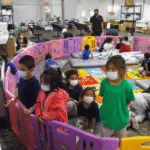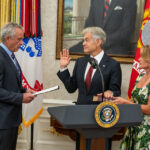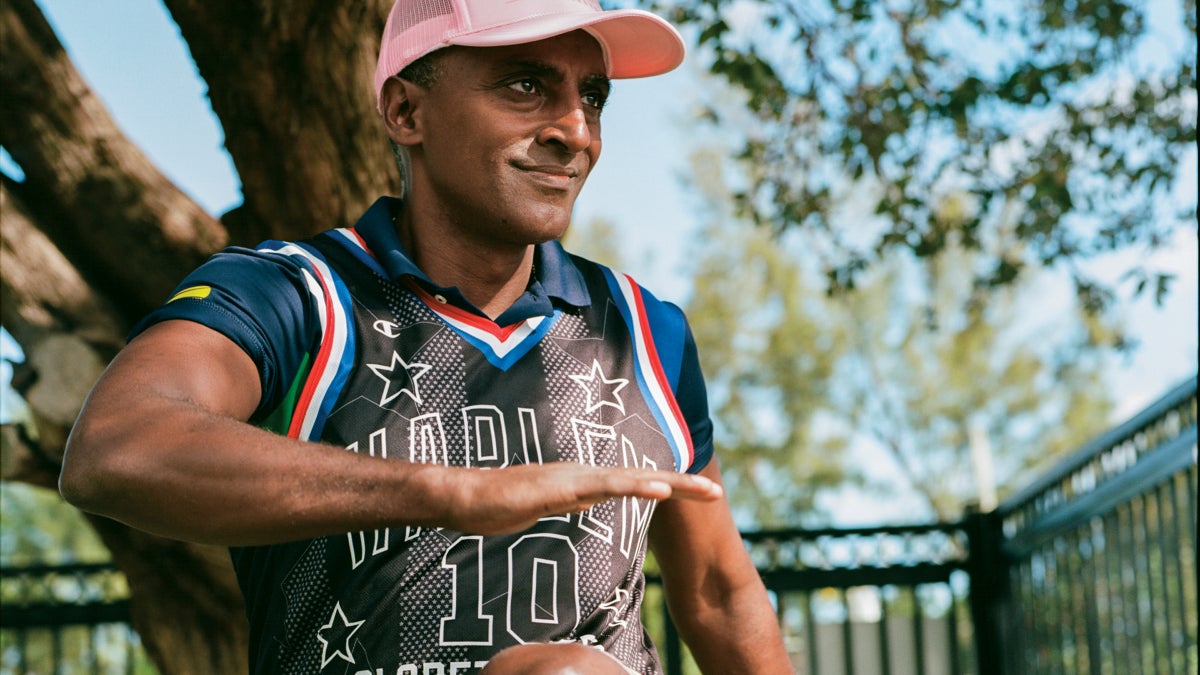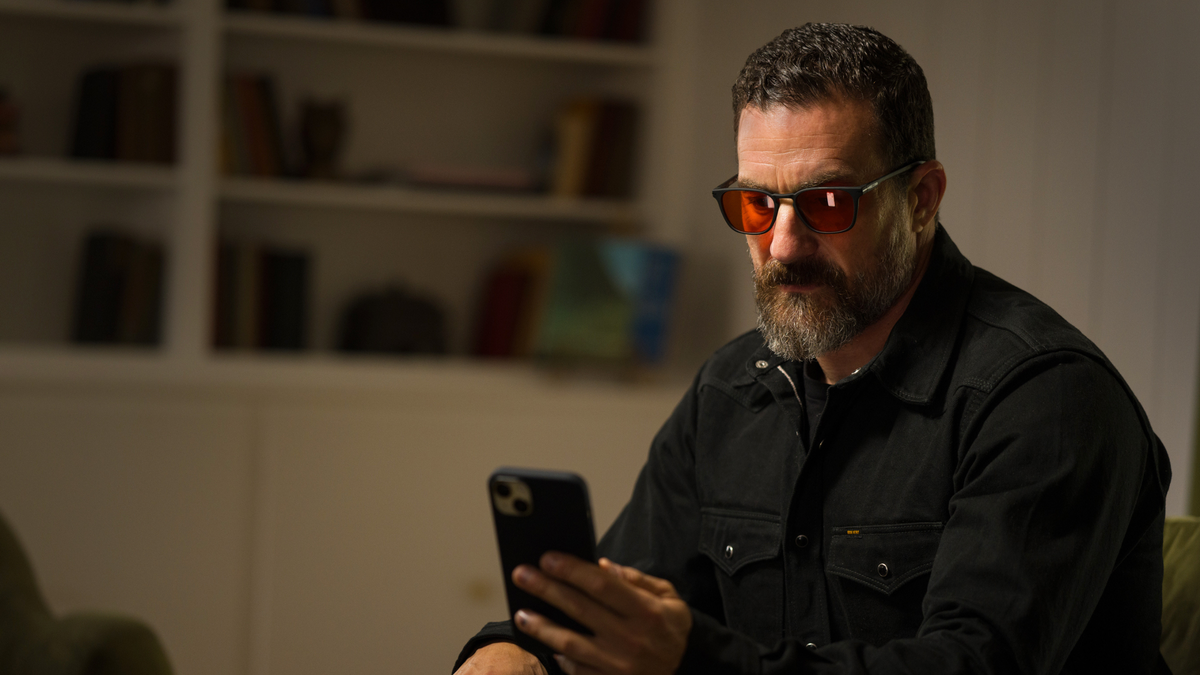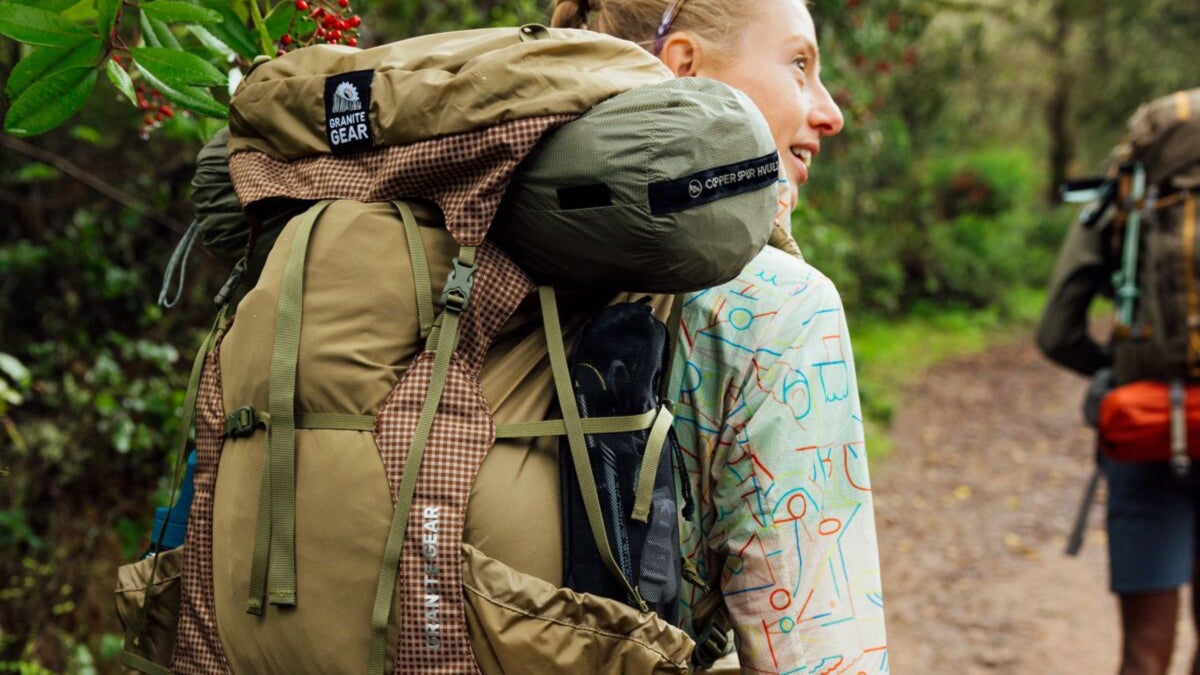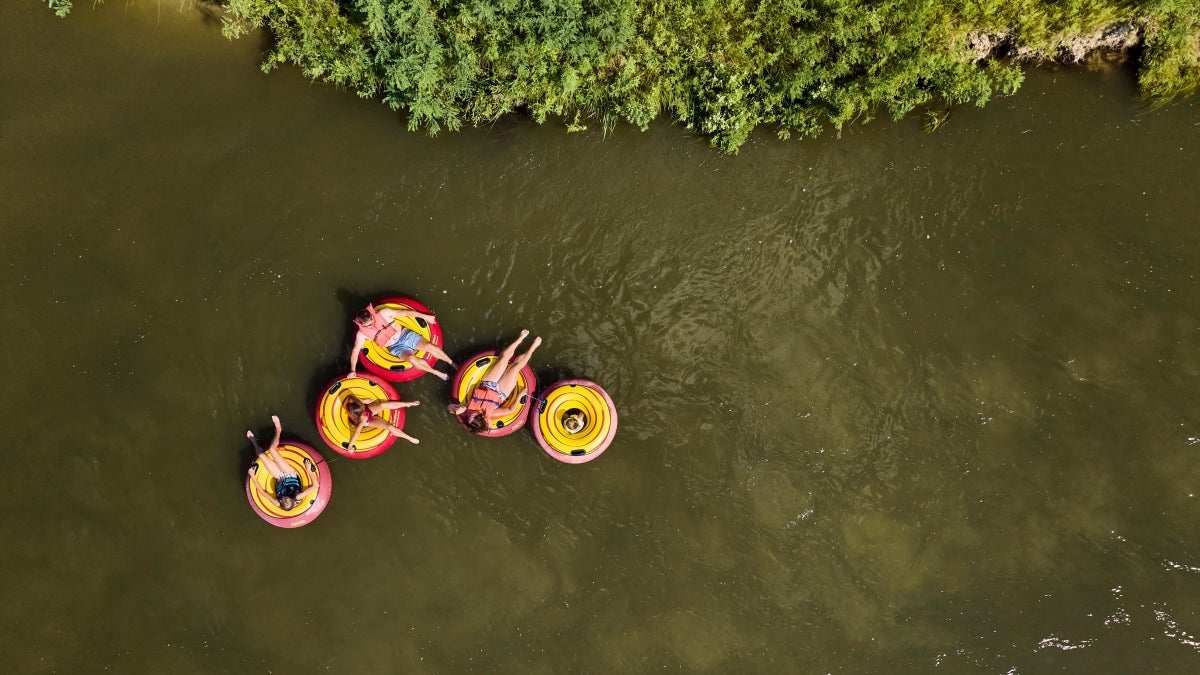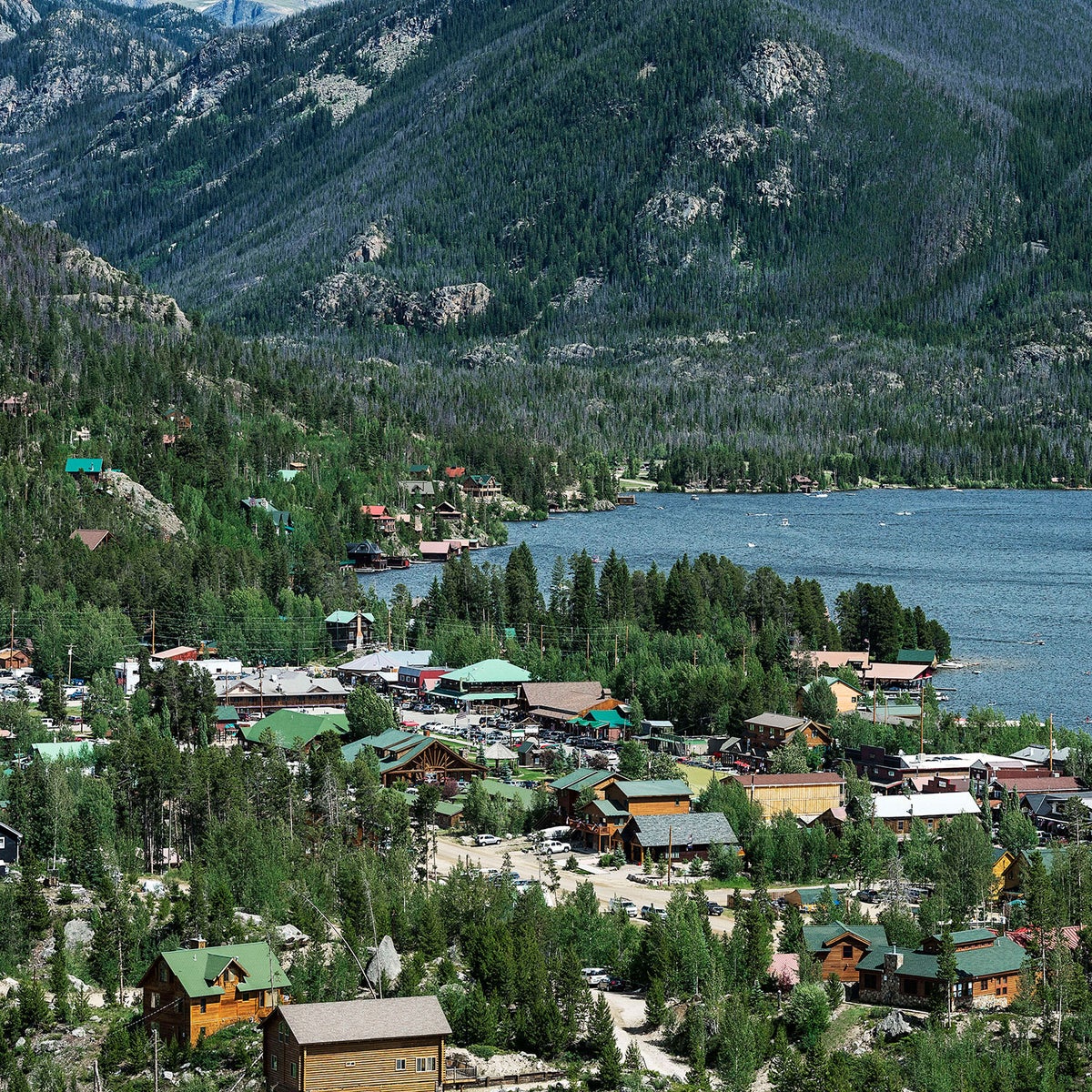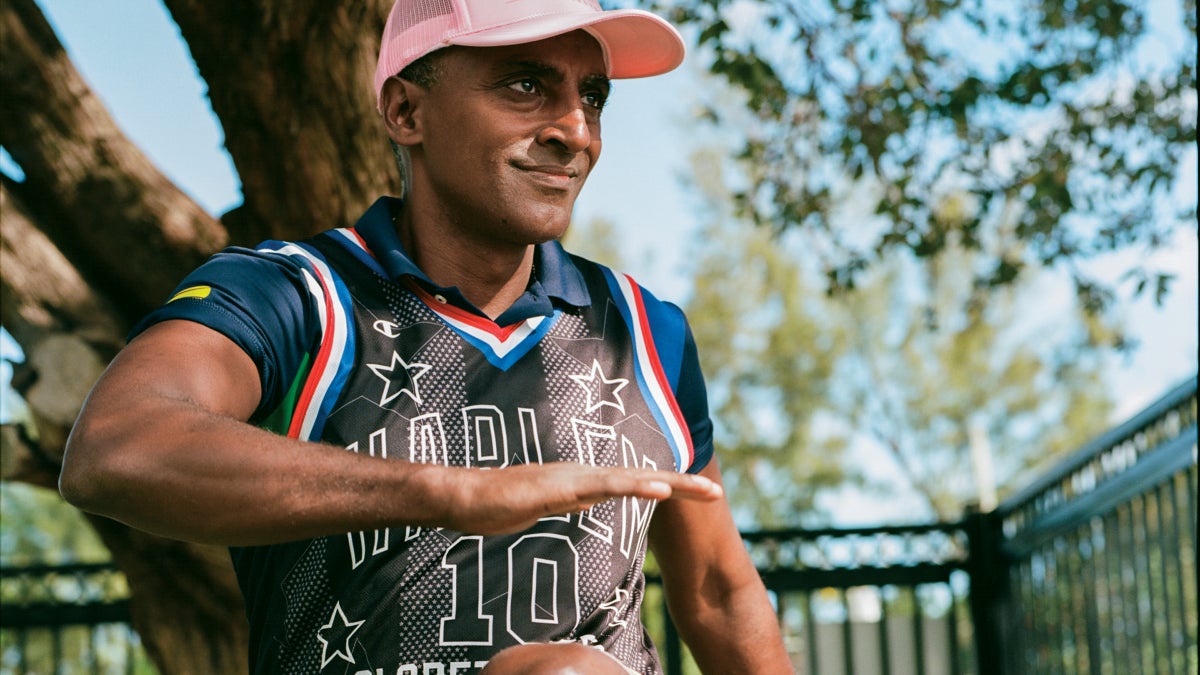
None of Marcus Samuelsson’s childhood memories took place inside. Growing up in Gothenberg, Sweden, the acclaimed chef, who was born in Ethiopia, spent much of his time on the water fishing or in the forests foraging for mushrooms or lingonberries. His uncles, professional fishermen, would take him with them for their daily catch. Surrounded by a vibrant food culture, Samuelsson apprenticed in kitchens in Switzerland, Austria, and France before moving to New York City in the 1990s. He channeled his love of soccer into long runs through Central Park and beyond, exploring the culinary mecca mostly on foot. He ran and in-line skated his way through Manhattan, first as an apprentice at Aquavit, a Scandinavian restaurant in Midtown, and then as its executive chef. There, Samuelsson became the youngest chef to earn a three-star rating from The New York Times. Samuelsson, now 54, still runs through the city, often dreaming up dishes for his new restaurant, Marcus Addis, in Addis Ababa, Ethiopia.
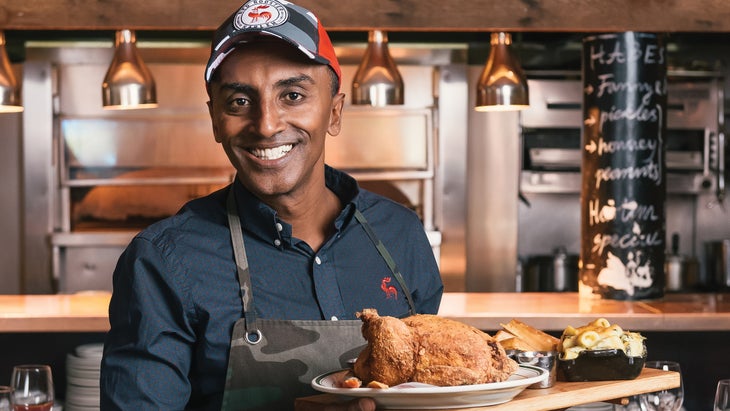
OUTSIDE: I hear you have a rule: no matter where you are in the world, you exercise four times a week. Often you run. How does a kid from Gothenburg become a lifelong runner?
I think it’s because I’m Ethiopian. I grew up watching sports, and Ethiopian runners did really well. Like them, I found it easy to run. It was something in my veins that I enjoyed, and I’m light on my feet. I played a lot of soccer as a kid too, but as I grew up and started working in kitchens—having less time for team sports—I started running just to run. Running gives you freedom. You start to think about your outside experience differently than when you’re playing on a team with a coach, refs, and so many moving parts. It was like skateboarding or biking as a kid—a sense of freedom and discovery that I really enjoyed.
How did running shape your relationship with New York City?
It became my way to explore. I like to run on the streets of Manhattan, especially in the early morning, when there aren’t that many cars. There is a sense of discovery that you can’t get once a city is fully awake.
But one of my favorite ways to see the city was on Rollerblades. I’d skate from Midtown down to Chinatown to discover the best food stands, or find places where you can pick up international foods like galangal or different types of ginger that weren’t [available] in Midtown. The train or a cab was out of my budget, so Rollerblading or running became the ways I got down there.
What makes running in Central Park one of the best places in the world?
If you go for a run in Central Park on a weekend, you meet people from all over the world doing something—making music, praying, screaming. Whatever it is, they’re doing it well. You run past iconic places, like where John Lennon lived. If you run downtown, you see beautiful historic buildings—it’s urbanism at its fullest.
How did you decide to run your first marathon? What did your training plan look like?
It was a challenge from my mom. Growing up, she pushed me constantly. She challenged me to open a restaurant in Harlem [Red Rooster, in 2010], and we were arguing about whether I was still an athlete. I’ve always been naturally athletic—I could roll out of bed and play sports pretty well. But she said, “You’re not an athlete anymore.” To prove her wrong, I ran my first New York City Marathon in 2001—without any proper marathon training. I was only running maybe six miles at a time, and I never built up to twelve or eighteen miles. I paid dearly for it. I don’t recommend that to anybody.
You’ve gotten involved with run clubs recently. How does running with other people change the experience for you?
I love running with young people. You get into new music, learn new slang and trends—that’s exciting to me. It’s fun to share space with people who aren’t part of the chef community. I love that. And people [I meet at run clubs] are always excited to learn I’m Ethiopian—but I’m probably the slowest Ethiopian you’ll ever meet. I blame it on being Swedish.
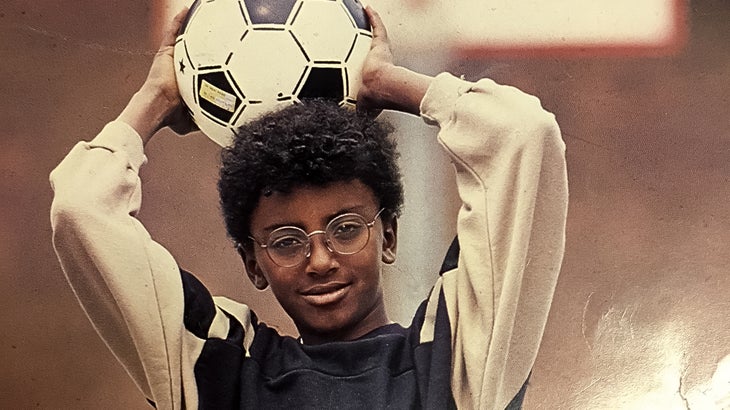
Has running altered your relationship with food?
You know, it’s not just running—it’s spending time outdoors with my kids. When fall comes around and it’s time to pick apples or pumpkins, that’s such a great way to be outside with the family. Not only does it take them away from their iPads, but it’s also the kind of food-driven freedom I grew up with. I realized that Swedish freedom is a luxury, and I’m trying to give my kids that same sense of luxury.
Running is also a good time to meditate on my work. I’d come to understand umami while running—thinking about how I can improve my processes and recipes. A lot of that happens during the cerebral thinking process when you’re running.
Has running ever inspired a dish? Can you share one you came up with while on a run?
At Hav & Mar [his seafood restaurant in Chelsea], we have a dish called Addis York, which really balances New York City life with Addis Ababa. That’s not a dish I would have come up with in a kitchen. It popped into my head on a run, where I get space from the kitchen and have time to think deeply. I was wondering how to connect these two places and came up with the idea of placing a piece of Ethiopian-spiced fried chicken on top of injera with doro wot stew.
Do you find that running helps you find some zen?
When I travel for work, running takes over my thoughts. Right now, I’m in Miami for an event, and all I can think about is running on South Beach. Running is decompression time. A lot of people focus on the distance when they run, like it’s work. For me, it’s more about the excitement of looking at the ocean or exploring the city.
Why was it important to you to open your restaurant in Addis Ababa?
I have a very strong heritage there: my half-siblings from my father’s side, my wife’s brother, and her mom all live there. We travel to Ethiopia often. I’m really excited about the restaurant because it’s connected to a school where Ethiopian students have a path to study hospitality, learn to problem-solve, and work together. It gives them a path to a job and a path to success. That makes me really happy.
Why is your work with World Central Kitchen so meaningful to you?
During the pandemic, José Andrés and World Central Kitchen were among the first people to come to Harlem when we truly, truly needed help. With their support at Red Rooster, we served more than 1,000 people per day for several months.
We recently went to Altadena, California, to help after the fire, and the devastation was shocking. But it also brought out the best in people. In the worst of times, you see real people—Americans helping Americans. No one cares who’s a Republican or a Democrat. That makes me proud of the organization and proud to be an American, especially when that can feel challenging.
This piece first appeared in the summer 2025 print issue of Outside Magazine. Subscribe now for early access to our most captivating storytelling, stunning photography, and deeply reported features on the biggest issues facing the outdoor world.
The post What a New York City Chef Thinks About on His Long Runs appeared first on Outside Online.


